Last updated on April 4, 2024
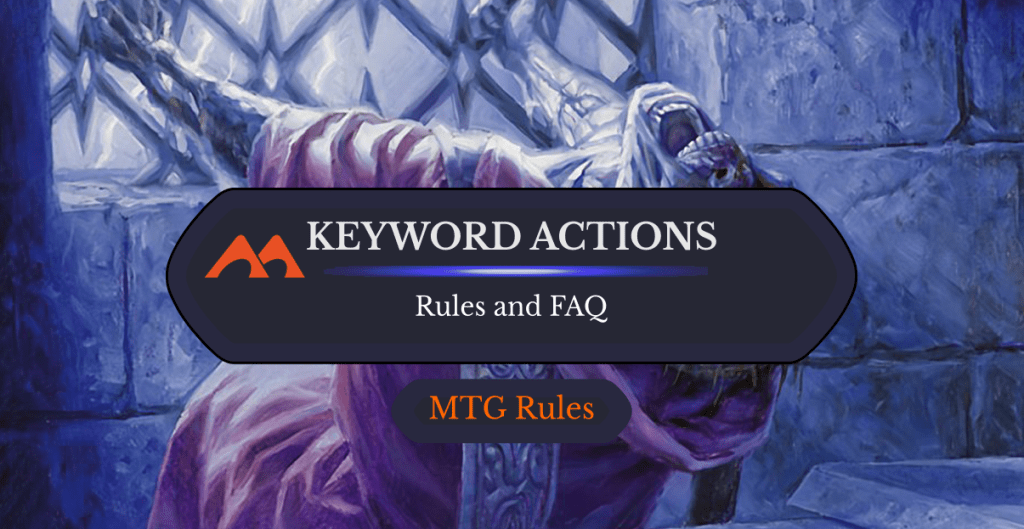
Unburial Rites | Illustration by Ryan Pancoast
Magic: The Gathering has a bunch of rules. Seriously, it’s one of the most complex games ever, and new cards are released every two months or so that bring with them new rules and interactions. Human beings like to simplify things, and we tend to create terms that have a bigger meaning.
There’s the expression that says, “A picture is worth a thousand words”, and in MTG we can say that a keyword is worth a dozen words in card text. Keyword actions are an integral part of the game, and the more familiar you are with them, the easier is to understand what a card does and the rules interactions.
Today you’re going to learn all things related to keyword actions, and how they differ from other MTG-related terms like triggered abilities or keyword abilities.
Let’s go!
What Is a Keyword Action in Magic?
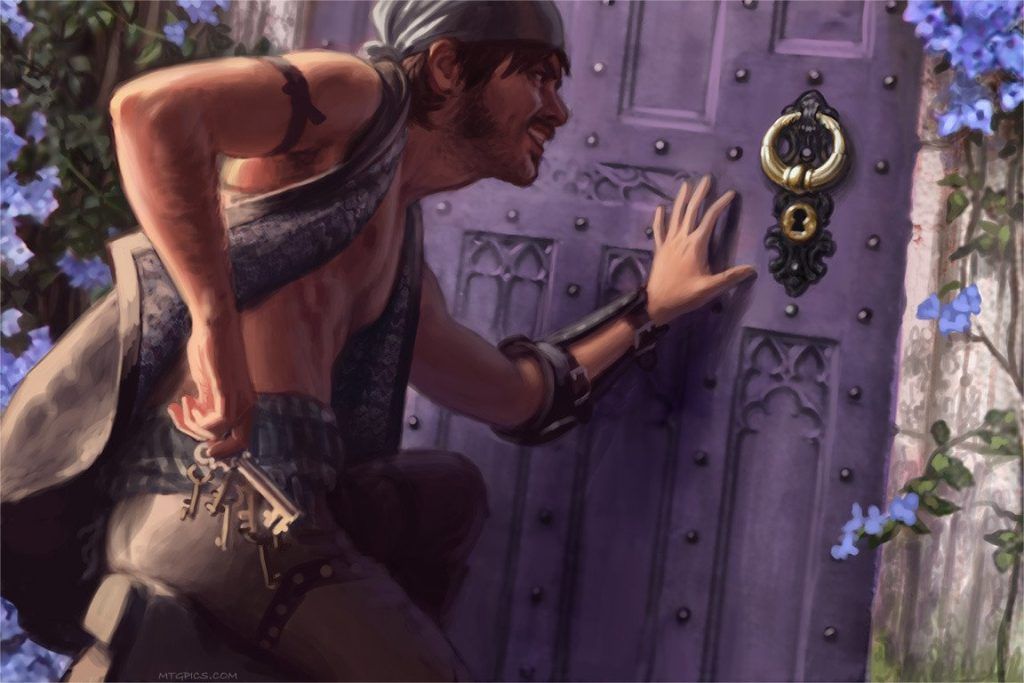
Keymaster Rogue | Illustration by Winona Nelson
A keyword action is a term that replaces a bunch of MTG rules, and it reminds us of a game action. It’s usually a verb because verbs are synonyms for actions. For example, instead of using “target player puts the top three cards of their library into their graveyard”, you can use the keyword action mill instead and shorten all this text to “target player mills three cards”. Once you know what mill does, it’s very easy to understand.
There are dozens of keyword actions in MTG rules nowadays, and most of them are common MTG terms like fight, cast, discard, or destroy. Some keyword actions are exclusive to supplemental products like open an attraction, planeswalk, and abandon. There are even mechanics that only exist in a given set, like celebration from Wilds of Eldraine or connive from Streets of New Capenna, both of which are keyword actions.
Are Keyword Actions Activated Abilities?
According to MTG rules, “an activated ability has a cost: effect format”. A few keyword actions like adapt and monstrosity are activated abilities, but for the most part keyword actions aren’t activated abilities. You can also have activated abilities that contain keyword actions and activated abilities that don’t.
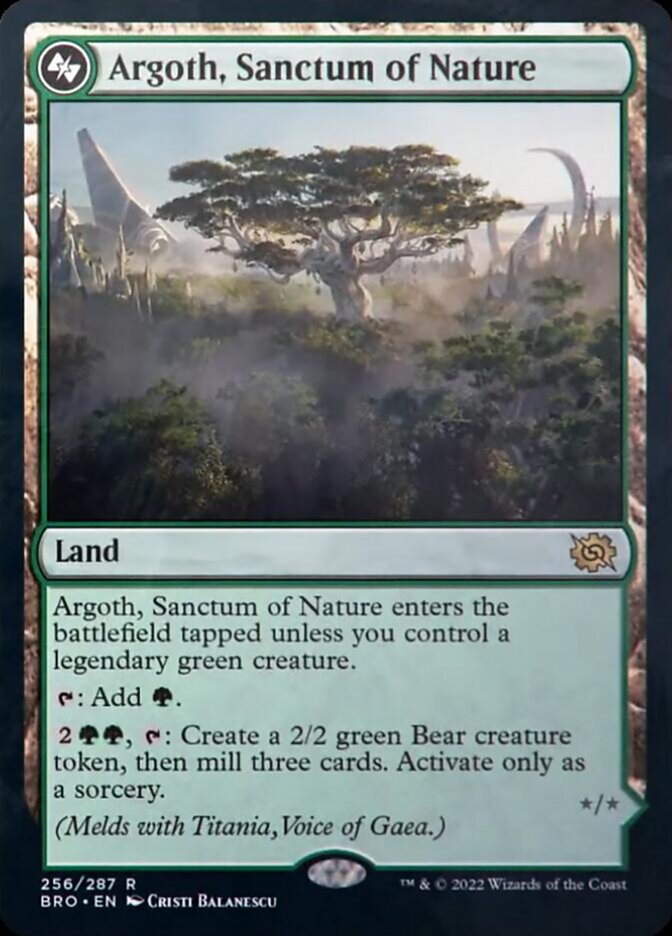
For example, Argoth, Sanctum of Nature is a land that has an activated ability, and that activated ability contains two keyword actions, “create” and “mill.”
Keyword Actions vs. Triggered Abilities
Keyword actions and triggered abilities are different things, but they can be sometimes combined in the same card. Triggered abilities are always indicated by the terms whenever, when, and at. A card that says: “at the beginning of your upkeep, mill 2 cards” has a triggered ability that happens at the beginning of each upkeep and a keyword action (mill) combined.
Keyword Action vs. Keyword Abilities
Keyword abilities are abilities the card has, such as flying, haste, and deathtouch on creatures. Sorceries and instants also have abilities like flashback and splice. The main difference between keyword actions and keyword abilities is that a keyword ability is integral to the card at all times, while the keyword action only happens at a given time.
For example, Unburial Rites has the flashback keyword ability at all times while Lash Out is a spell that, when resolved, allows its controller to clash with an opponent (a keyword action). So, I can’t say that Lash Out has clash, but I can say that Unburial Rites has flashback.
Can You Respond to Keyword Actions?
You can only respond to the effect that puts the keyword action onto the stack. For example, Raffine's Informant has just entered the battlefield, its ETB effect went on the stack and you can respond to it. Once the ETB effect resolves, Raffine's Informant connives, and that can’t be responded to. Another example is Lash Out. The spell goes onto the stack and can be responded to. Once it resolves, it deals 3 damage to a target and clashes with an opponent. You won’t be able to respond to the clash effect.
Can Keyword Actions be Countered or Stifled?
You can’t. Stifle only works with activated or triggered abilities. In the previous example, you could Stifle the ETB effect of Raffine's Informant to prevent the connive from happening. If you miss that window, you can’t stifle the connive ability. In a case like Daring Discovery the keyword action, discover, can be stopped if there are no legal targets when the spell tries to resolve, but as long as there is one legal target you'll discover 4. Stifle does not stop the discover portion.
List of Keyword Actions
- Abandon
- Activate
- Adapt
- Amass
- Assemble
- Attach
- Bolster
- Cast
- Celebration
- Clash
- Connive
- Convert
- Counter
- Create
- Destroy
- Detain
- Discard
- Discover
- Double
- Exchange
- Exert
- Exile
- Explore
- Fateseal
- Fight
- Goad
- Incubate
- Investigate
- Learn
- Manifest
- Meld
- Mill
- Monstrosity
- Open an Attraction
- Planeswalk
- Play
- Populate
- Proliferate
- Regenerate
- Reveal
- Roll to Visit Your Attractions
- Sacrifice
- Scry
- Search
- Set in Motion
- Shuffle
- Support
- Surveil
- Tap
- The Ring Tempts You
- Transform
- Untap
- Venture into the Dungeon
- Vote
Wrap Up

Argoth, Sanctum of Nature | Illustration by Cristi Balanescu
Keyword actions are much needed in MTG, and they bring rules clarity and design elegance. Together with keyword abilities and other game mechanics, they make sure that all players have the same vocabulary and speak the same game language, so it’s clear to all parties involved that a certain player creates a token, mills a card, or surveils 2.
Were these terms replaced by the real meaning in MTG cards, the texts would be huge, and that used to happen a lot in old MTG designs. Just look at the original design for cards like The Hive or Priest of Yawgmoth.
Anyway, I hope you all have learned a thing or two about MTG rules, and if you’re still confused about anything, just let me know in the comments below, or leave us a message at our Draftsim Twitter.
Stay safe folks, and game on!
Follow Draftsim for awesome articles and set updates:

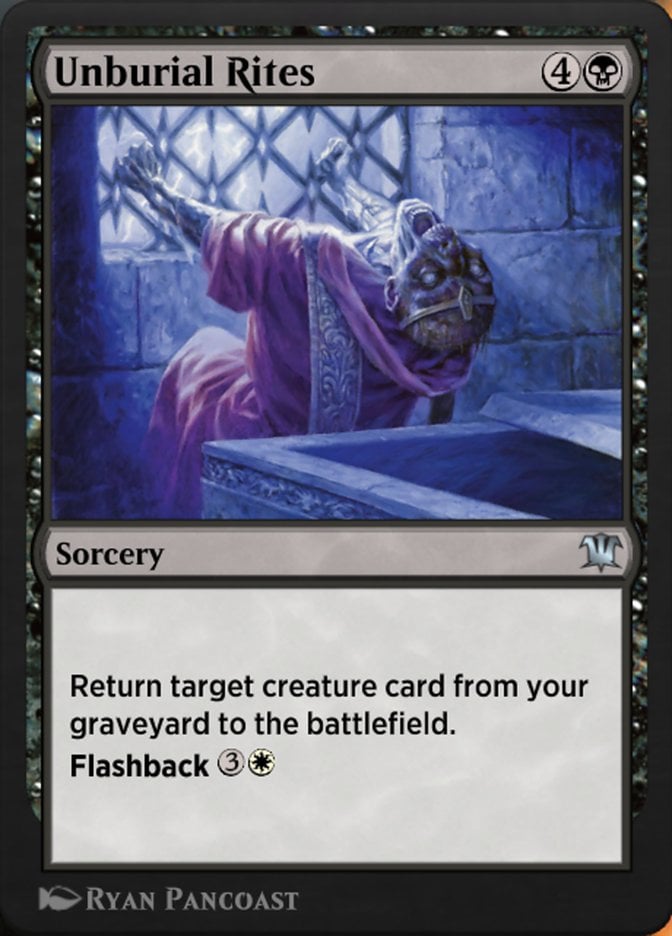
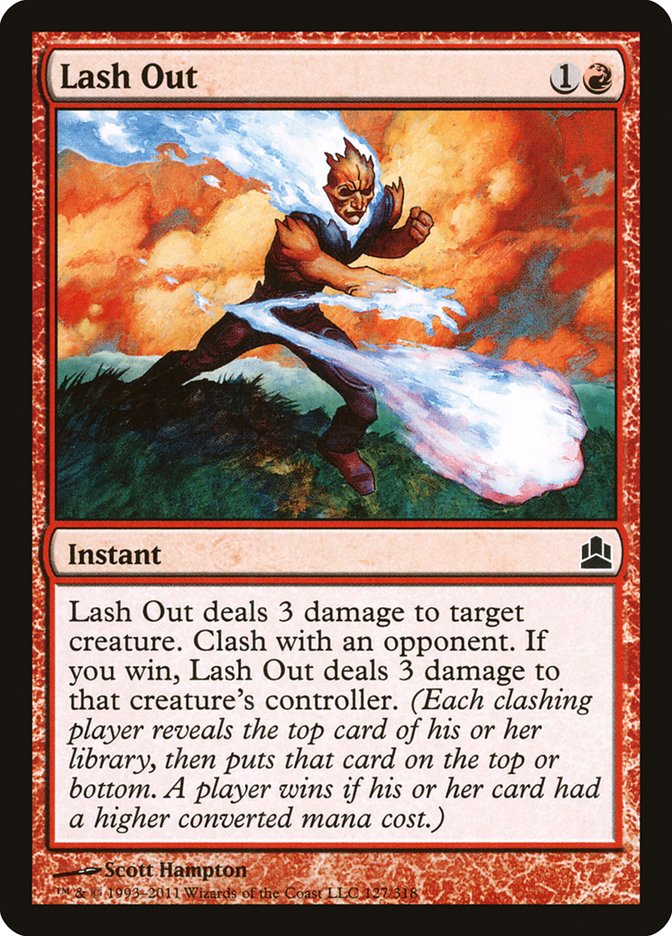
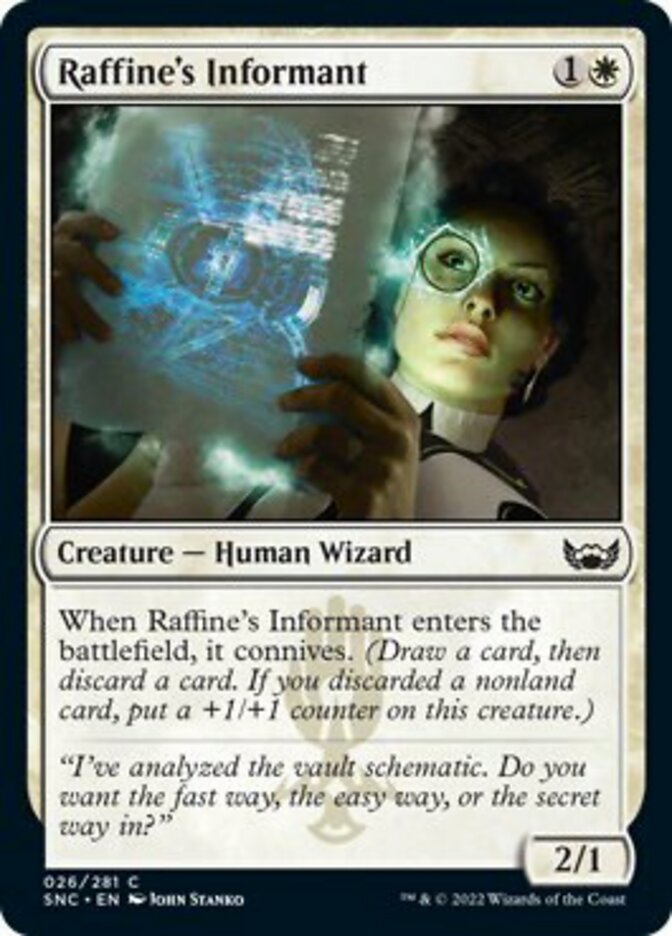
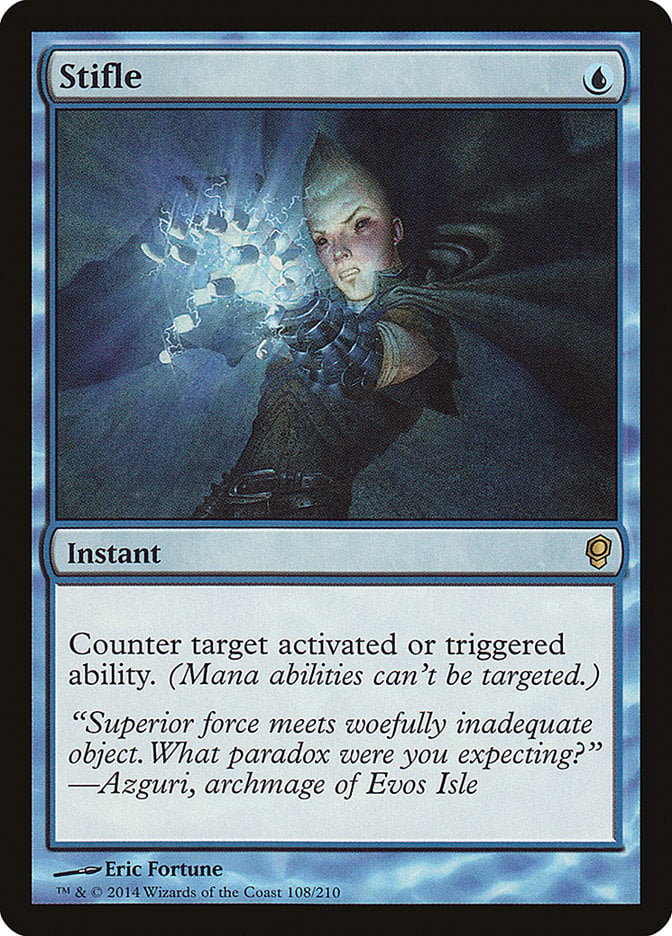
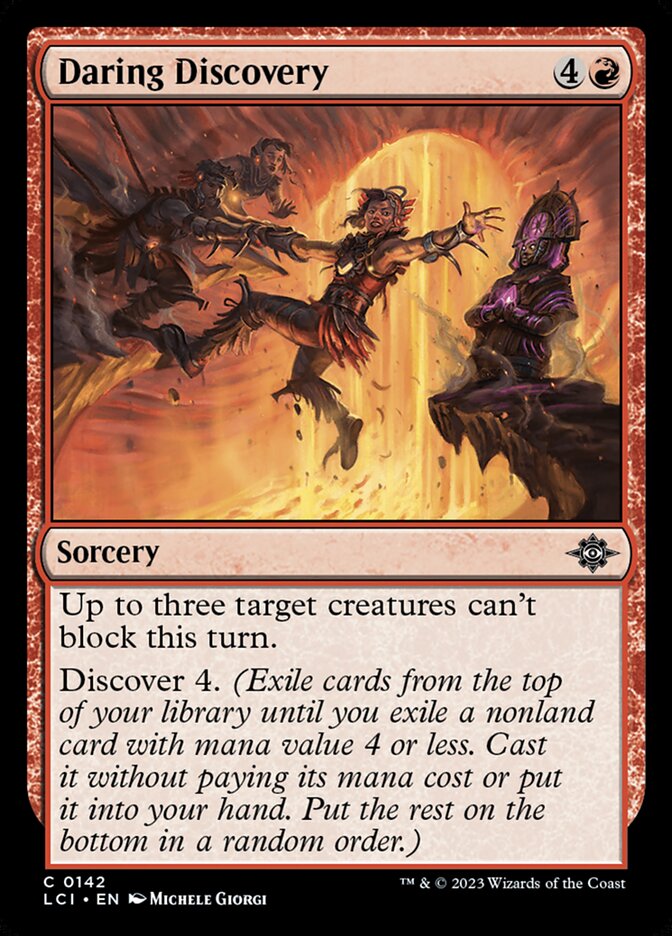
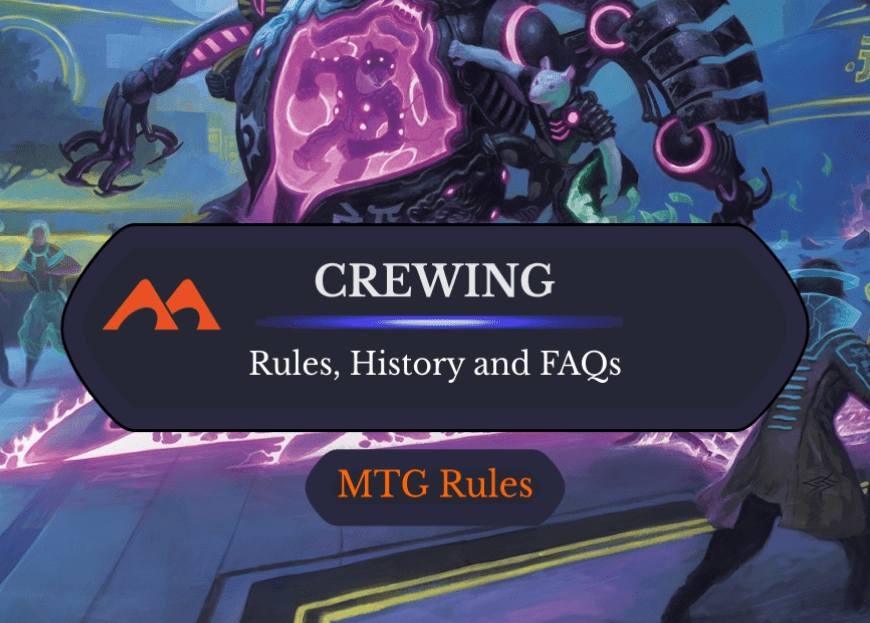
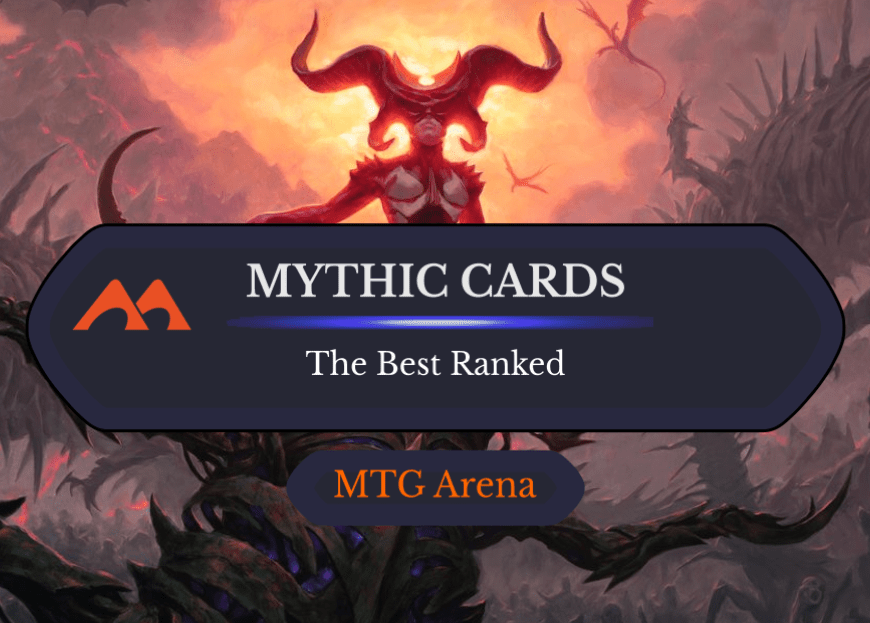
Add Comment